CBR Takes Issue With One Piece’s Female Characters, Claims Oda’s Designs “Reinforce Harmful Stereotypes”
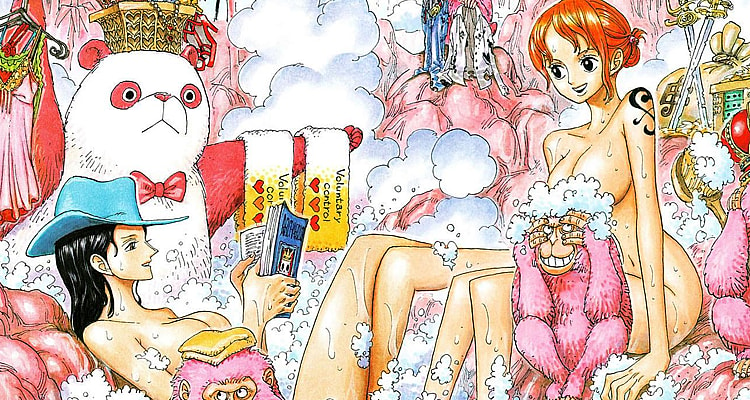
A recent Op-Ed published by CBR has claimed that One Piece mangaka Eiichiro Oda’s female character designs “reinforce harmful stereotypes,” though the piece’s supporting arguments suggest either a general unfamiliarity with or an intentional bad faith assessment of the long-running manga series.

Related: One Piece Fans Pour Out In Support of Mangaka Eiichiro Oda Following Delay Apology!
In the October 31st piece, titled “One Piece: What Oda’s Female Character Designs Actually Say About Beauty Standards,” CBR author Vivian Seo contended that “Oda’s female characters are either hyper-feminine or outlandishly bizarre, with barely any in-between” and that “the characters’ personalities correlate with the design.”
“’Beautiful’ characters are usually damsels in distress or burgeoning heroines, whereas ‘Bizarre’ characters are usually unscrupulous villains or comic relief,” argued Seo. “With this divide, Oda’s female character designs often perpetuate the idea that beauty equates to goodness or lack of agency.”
Related: One Piece: Monkey D. Luffy’s Top 10 Fights!
Immediately off the bat, Seo’s first argument falls apart in the face of even the most base knowledge of the series, as ‘beautiful’ characters such as Perona, and Alvida (the literal first female and antagonist Luffy meets in his quest to become the King of the Pirates) are depicted as some of the series’ most capable antagonists, while women with ‘bizarre’ appearances such as Curly Dadan, Lola, and Shinobu, are shown to be some of the most heroic individuals to come to the aid of the Straw Hat Pirates.

Nevertheless, Seo then turned to the issue of “One Piece’s rampant same-body syndrome” and asserted that Oda’s “three-circles-and-an-X” technique for drawing female characters “emphasizes the lack of care put into many of his female character designs, making for a roster of nearly cookie-cutter characters,” which in turn helps to “reinforce harmful stereotypes.”
“Many slim characters are depicted as heroic at heart or are essentially damsels in distress,” Seo said. “Villains or canonically strong females who are ‘pretty’ are also no exception as they too are cast to the sidelines and often have no featured or well-developed fight.”

Related: Dr. Stone Artist Boichi Launches One Piece Manga Adaptation of Ace Light Night Novels
Oda’s drawing technique was revealed in the SBS (Shitsumon o Boshū Suru, or “I’m Taking Questions”) section of One Piece’s 79th voulme, when in response to a fan asking Oda to please teach us a tip or two on how to draw that hawt hourglass body all ONE PIECE female characters seem to have.”
It specifically requested Oda to “make sure you don’t forget to include their airbags.” Oda replied “I would suggest that you think of a woman’s proportions as ‘three circles, one X.'”
“I only draw this kind of body,” Oda noted. “So I get a lot of complaint postcards from my female audience. Let’s all stay strong and keep on living life.”
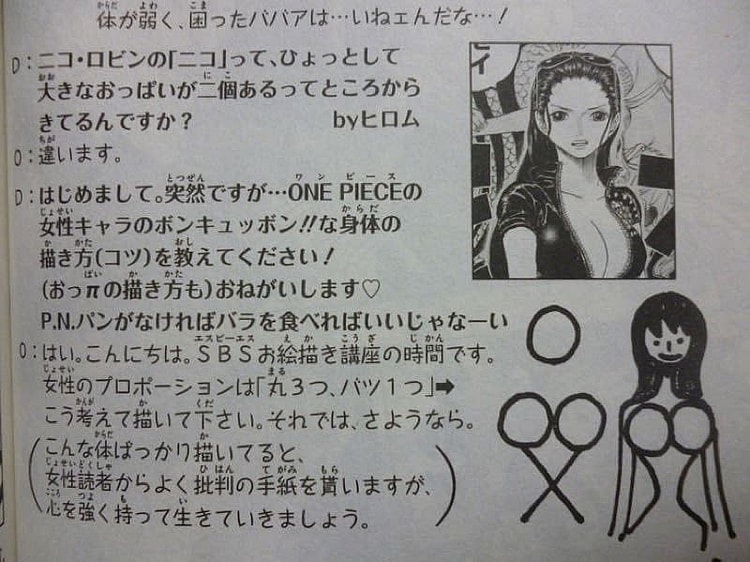
Related: One Piece Mangaka Eiichiro Oda Reveals Series Has “4-5 Years Left”
The observation that the more conventionally attractive women in One Piece are sidelined as “damsels in distress” could not be further from the truth, as aside from the pair of female crew members aboard the Thousand Sunny, attractive women such as Carrot, Kozuki Toki, and Portgas D. Rogue regularly play major roles in determining the outcome of numerous events across the sea.
Furthermore, the claim that attractive female villains are “cast to the sidelines and often have no featured or well-developed fight,” is patently hyperbolic, as Monet, Kalifa, and Sugar are among the most memorable throughout all of One Piece.
Though Seo notes that some female characters “are cast to the sidelines and often have no featured or well-developed fight,” she appears to willfully ignore that the same happens to numerous male characters and how, more often than not, their sidelining is due to the crew’s constant travels across the expansive numbers of islands across the sea.
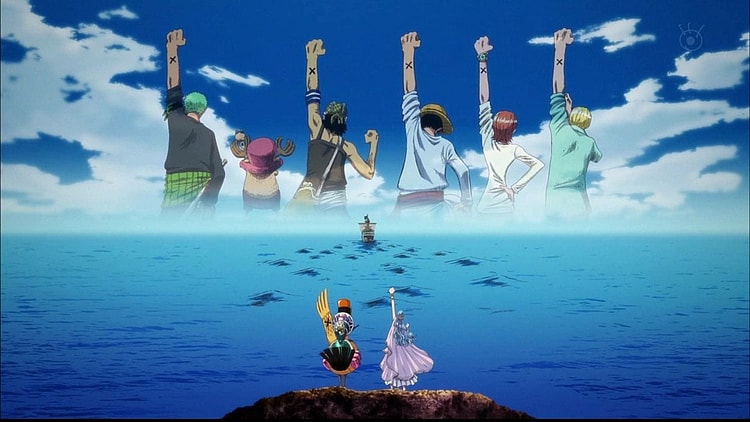
Conversely, Seo also asserted that the “bizarre” women drawn by Oda were solely seen as “villains, comic relief or both, depicted as evil, vulgar, and/or blockheaded” and claimed that “they are often reduced to a joke for failing to adhere to the beauty standards of the other female characters.”
Again, Seo’s portrayal of the series’ more unique character designs only holds weight if one were to dismiss nearly the entirety of One Piece’s long run, as Oda’s “bizarre” female characters, much like his “beautiful” ones, are seen in a wide-range of roles throughout the series and are far from stereotyped as ‘villains’.
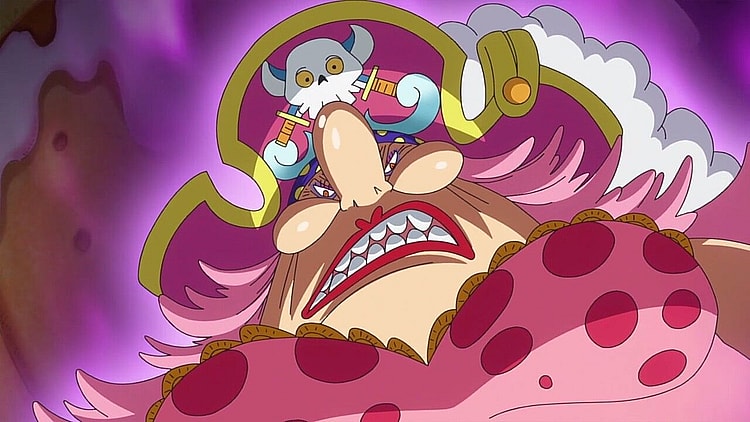
While some, such as Charlotte Lin Lin or Miss Monday, are indeed seen as villains, this is due to their monstrous and destructive actions, rather than as any sort of commentary on their physical appearances.
Similarly, other “bizarre” women are seen as heroic pillars of their communities, as is the case with Kokoro or the Boa sisters, Marigold and Sandersonia, without whose actions Luffy and his crew would have never made it nearly as far as they have.
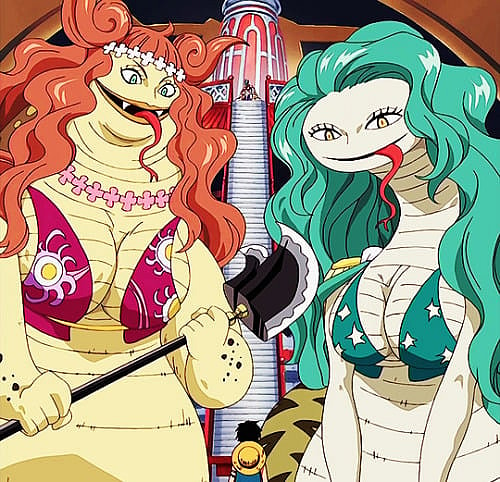
Related: One Piece: Pirates Warriors 4 Reveals Newest DLC Character
Seo concluded her argument by asserting that “although One Piece is shonen, the series is also widely enjoyed by female audiences,” and uses this assertion to further claim that One Piece’s art style “does not do a large portion of its readers justice.”
“The three circles and an X template can create misleading ideations about women,” gathered Seo. “They are oversexualized, objectified by the male gaze and subjected to the fetishization of only physically attractive women needing protection and attention.”

Related: Cosplay of the Day: Elizabeth Rage as One Piece’s Nami
This line of argument has recently gained traction in certain online anime communities, with many pointing to female readers of Shonen Jump (and other previously-male centric media) as evidence that the content provided must change.
However, as best addressed by the 2008 Shonen Jump series Bakuman, One Piece and similar works are “serialized in Shonen Jump, a magazine aimed at boys.”
“Shonen Jump has a lot of female fans, and that’s not a bad thing” argues fictional Shonen Jump editor Goro Miura in the series. “Those female fans are interested in reading shonen manga.”
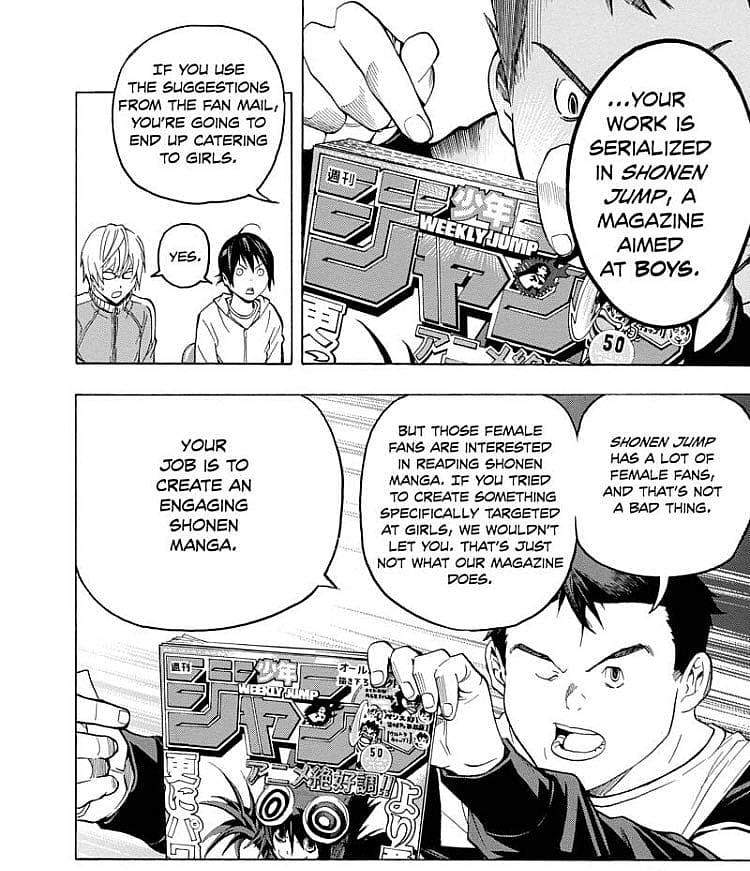
In his coverage of Seo’s piece, anime YouTuber Hero Hei wished that “CBR would just stick with those really cringy top-ten lists.”
“At least you could kind of wonder if they’re memeing with those,” said Hei, before lamenting that sometimes, “unfortunately, they do get unironic articles like this one.”
